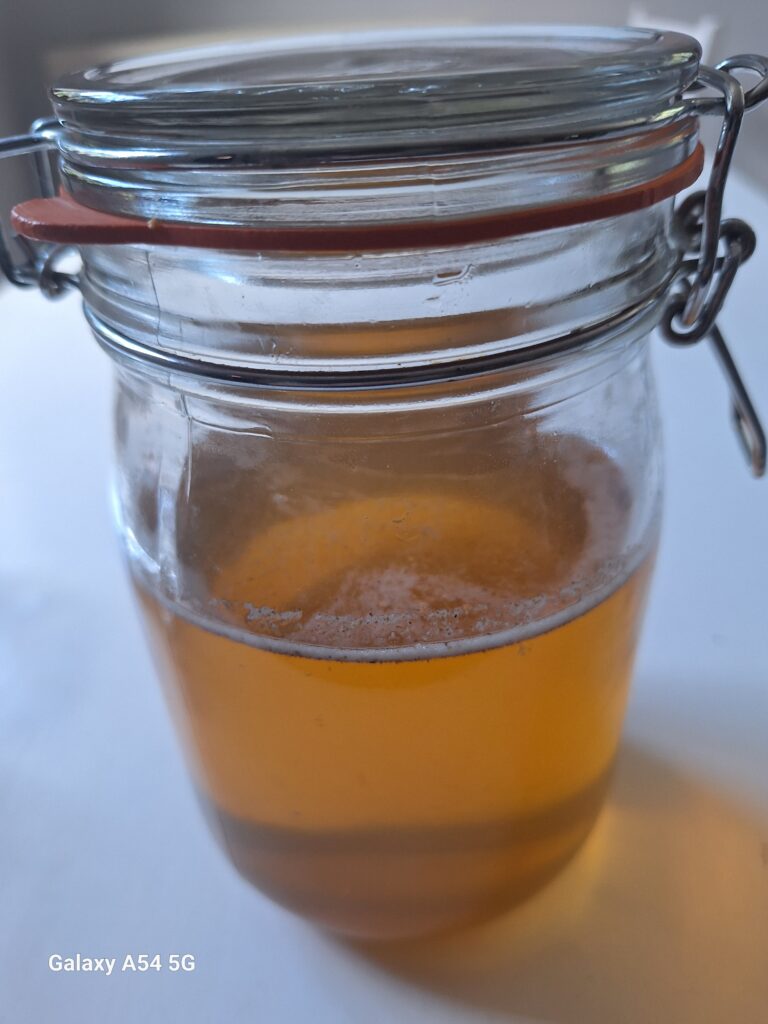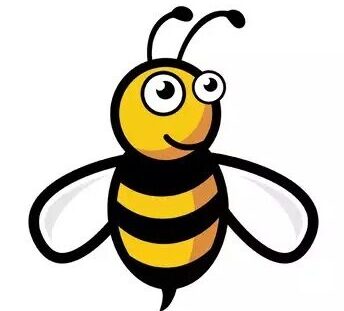Hawkesbourne Honey is a totally natural honey harvested straight from the bees in our apiary in Horsham. Produced and sold locally with the lowest possible impact. In a high quality premium product we take great care to respect the hard work of the bees and to deliver the finest quality honey that is possible. We make every effort to limit the processing of the honey so that the end product is a raw honey as nature intended. We take great pride in our final product.
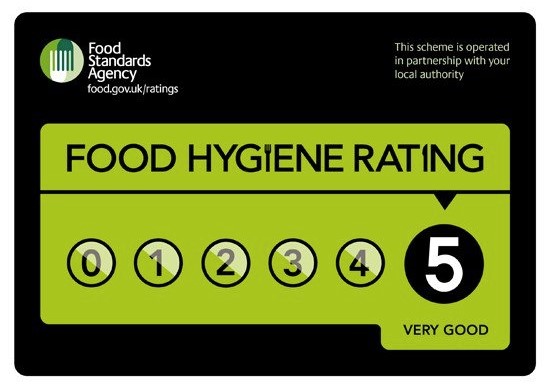
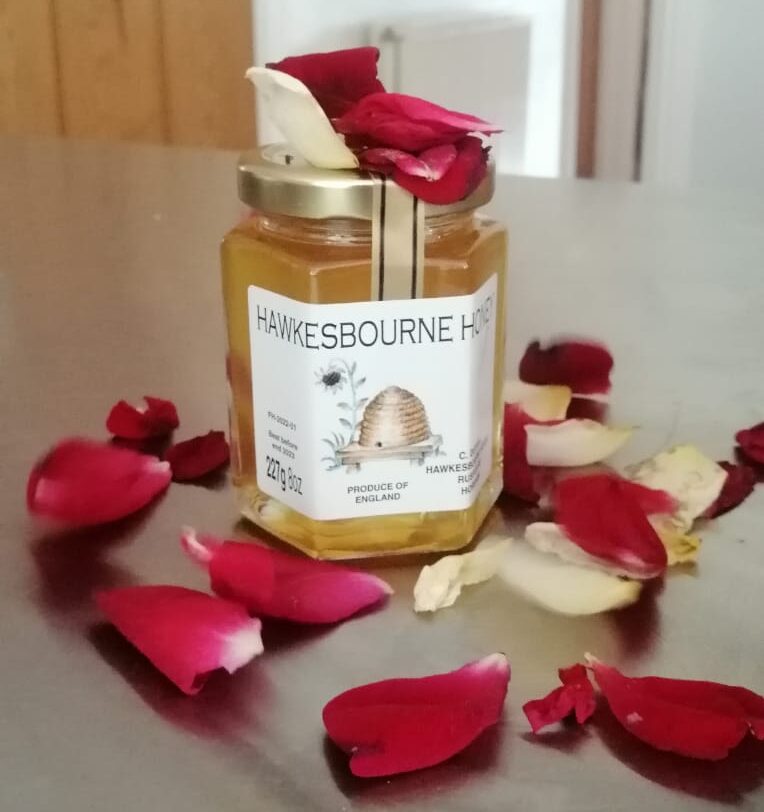
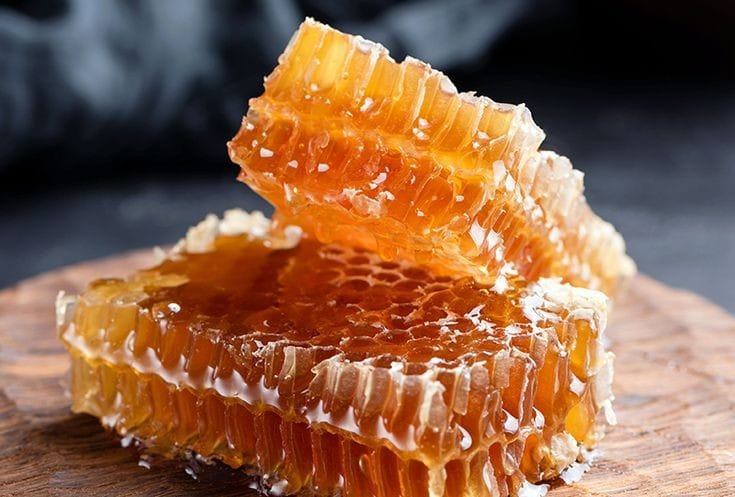
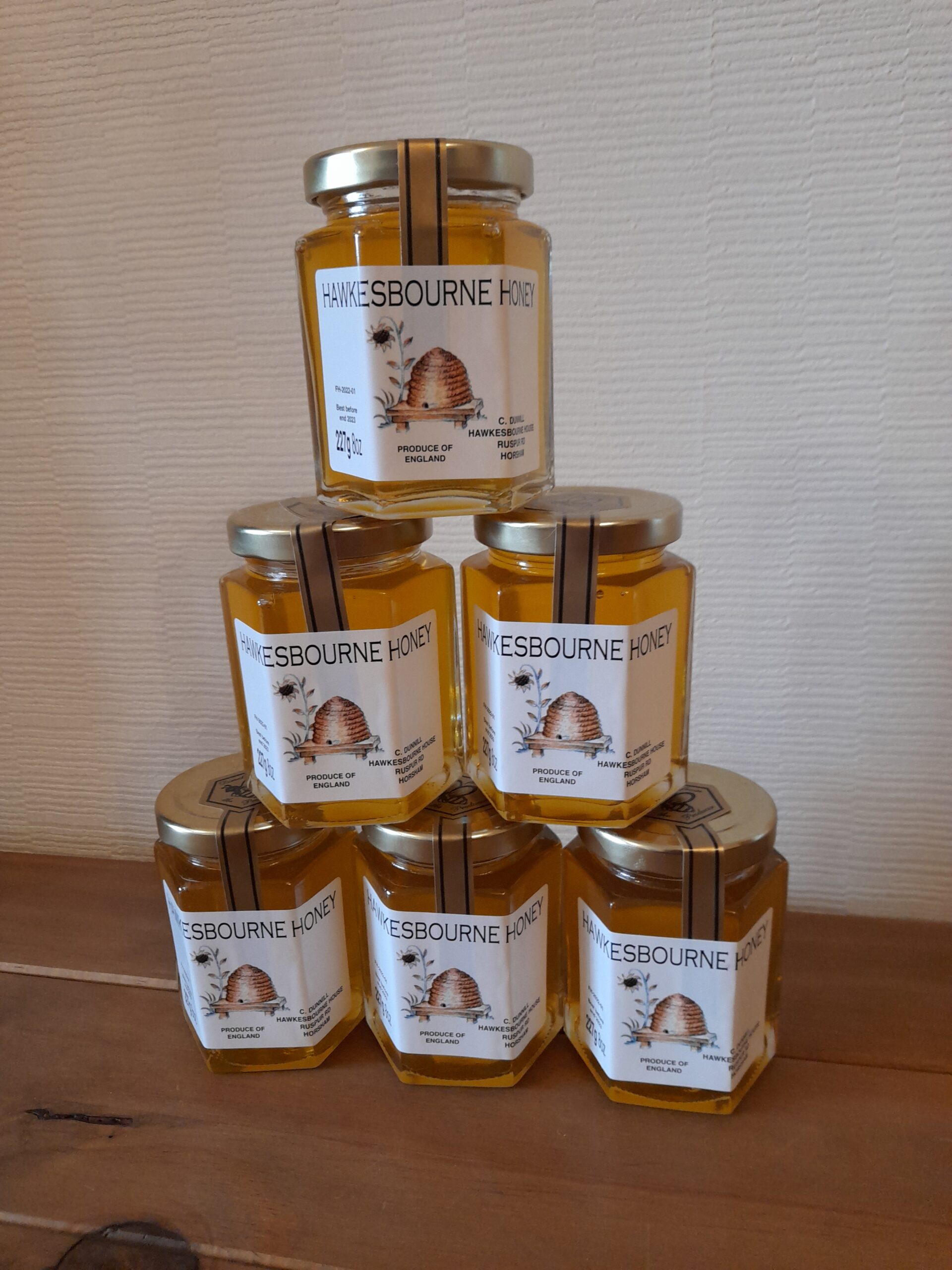
How we process our Clear Honey
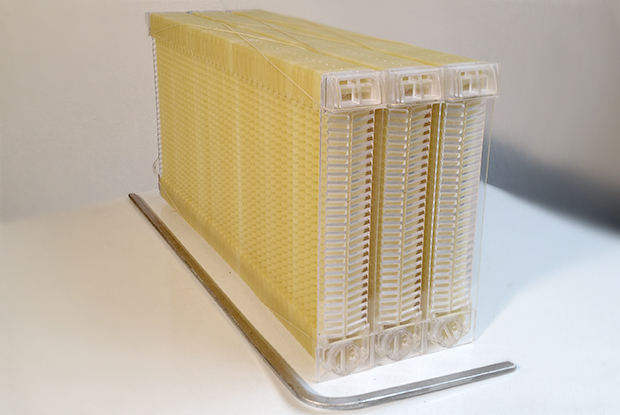
The Flow System
We use the Flow Hive System so frames such as those shown on the left are placed in the bee hive above a queen excluder allowing the bees to store their honey in the frames. These frames are then removed from the hive and emptied to yield the honey that you see in the jars. This method cuts down a lot on the processing and the need to uncap and then spin the honey out of the hive frames in order to recover the honey, as is a more traditional method. See blog posts on the flow system.
The honey literally flows out of the frame that the bees store them. We harvest in a cleaned kitchen and either run the honey into large food grade plastic drip trays or directly into the honey bucket through a filter at 50 and 200 micron mesh sieve. This sieve removes any contaminants from the honey that are left over from the bees such as particles of wax. The filtered honey is then stored for at least 48 hours in a honey bucket before being decanted into jars. This allows the honey time to settle and removes any air bubbles.
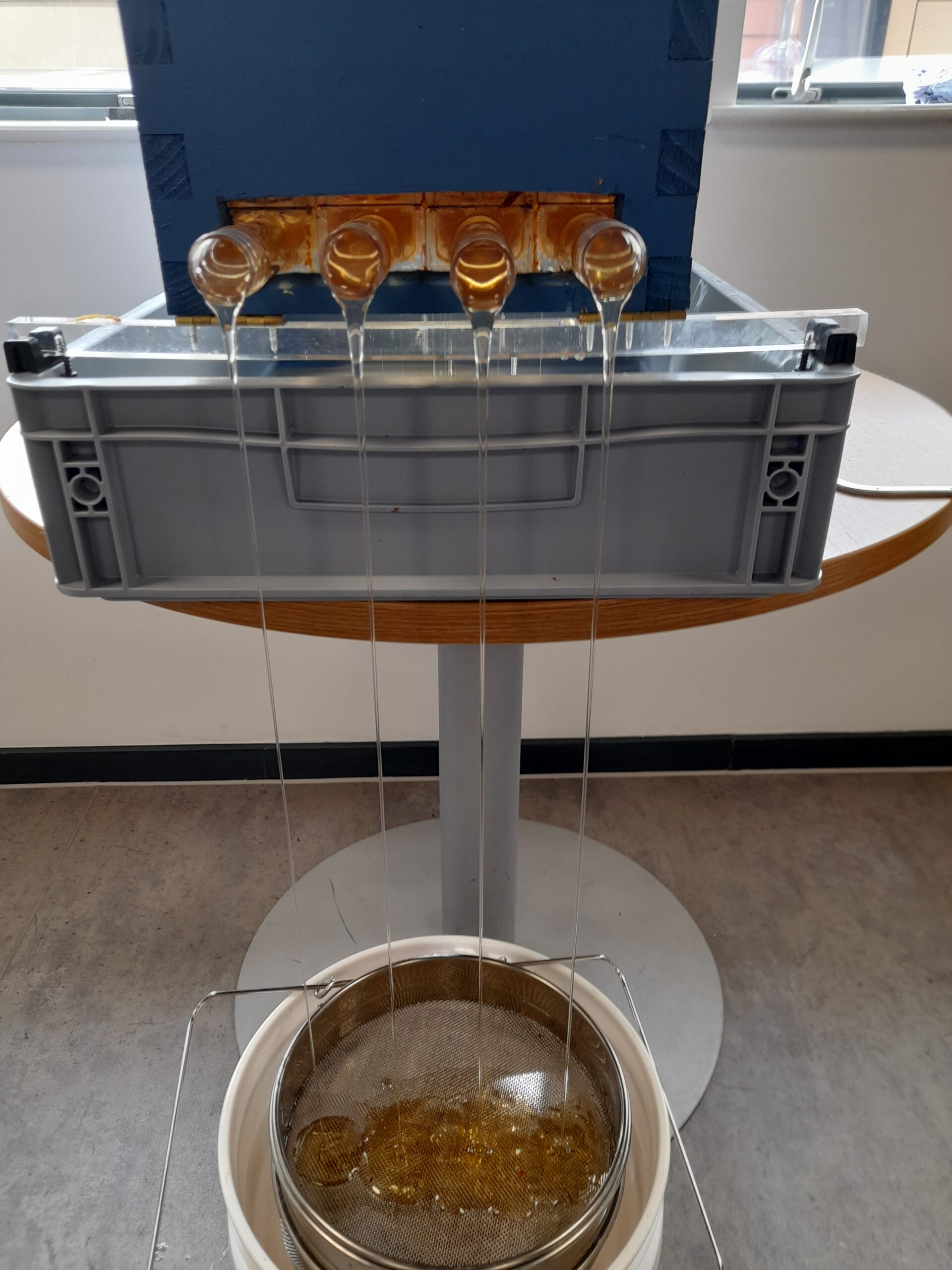

The honey is placed into Jars by hand using the honey bucket and gate and the jars are set for labelling. We like hexagonal jars with gold lids and apply both a professional label and a gold tamper strip. The tamper strip ensures the quality of the product at the point of any resale is the same as the quality of the product on leaving our custody and the label conforms to national regulations.
Quality Issues
Your honey should be clear and viscus. Should you experience quality issues with your jar of honey than please do reach out to us and we will do our best to put it right. The honey does not go off. We have a year on the BBF as this is a labelling requirement however honey if stored properly should be good to eat for many many years.
There are however a few common occurrences.
- Film of bubbles / dirt on the top of the honey when the jar is opened.
- This is a residue from the fact that we cold filter at 200 microns. Anything smaller than 200 microns can pass thought the sieve and may end up in the jar. This is quite normal and totally harmless. It will be mostly air bubbles that remain and some wax particles. You can either discard it with a spoon or eat it as normal.
- The honey goes hard.
- Honey as a natural product is highly susceptible to go hard and crystallise. In fact a sign of good quality natural honey is that it does go hard and crystallises. This usually occurs if you cool the honey, so do not keep your honey in the fridge or store in a cold pantry. It is still perfectly good to eat. If you wish it to return to a runny state then heat a bowl of water and place your jar in the warm water, topping up with hot water regularly until it is back to being runny. You are trying to raise the honey slowly to about 40 degrees once reliquefied the honey should remain liquid for the future as long as it is not stored in a cold place. Please do not microwave your honey as this will damage the enzymes and the goodness that natural honey contains.
